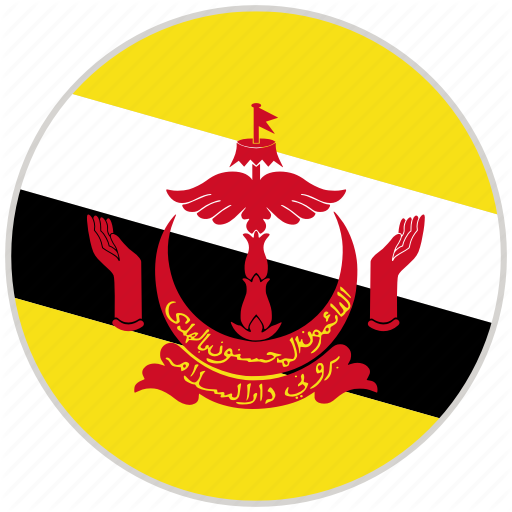NEAT Working Group on
Towards Building a Sustainable Society in East Asia
Final Report
Background
In East Asia, regional cooperation and integration have been promoted, as seen in the cases of the establishment of ASEAN+3 (APT) in 1997, East Asian Summit (EAS) in 2005, and ASEAN Community in 2015, focusing on the fields of economy, finance, education, disaster prevention, etc. in particular. Especially, economic mutual dependency has deepened as East Asia observed a rapid economic development, which promoted the formation of supply-chain within the region. In the meantime, as the integration progressed, the negative side effects of it including various trans-border threats are spreading regionally and globally. Such threats can only be dealt with the multilateral cooperation, because it would make a major impact politically, economically and socially, therefore no single country is able to combat alone.
Then, what is the global/regional challenge the East Asia is facing today? That is to say, whether we could build a sustainable society and continue the development accordingly, with the Sustainable Development Goals in mind. The “sustainable society” is generally defined as the society in which the natural environment is appropriately preserved, and the development is conducted to fulfill the needs of the current generation while not passing down the cost to the future generation. In East Asia, the building of the sustainable society and its development is being disturbed by the severing environment issues, and various related issues are surfacing.
For example, disaster risks originating from the climate change are rising in Asia, and the ocean is polluted by 8 million ton of disposed plastics annually, posing a serious threat to the marine bio-ecosystem. What makes those issues challenging to tackle originates from the lack of region-wide information sharing platform, or of an environmental education, hence the lack of a multinational cooperation scheme.
Under the framework of the ASEAN Plus Three (APT), Meeting of the Ministers of the Environment has been held once a year since 2002, and twice since 2015. The ASEAN+3 Marine Plastics Debris Cooperative Action Initiative that aims to promote environmentally friendly management of plastic wastes and of 3Rs –Reduce, Reuse, Recycle- was proposed, which was widely welcomed at the APT Summit Meeting last year.
In a case of Indonesia, the understandings to the environment cycle were deepened thanks to the environment education given to the youth of the community and females, so they turned to organic farming or growing various products in small units. The community businesses were further supported with micro-financing, and it generated the cash revenue for those who sell the manufactured farm products (e.g. chocolates, vegetable snacks, etc.), helped decline the number of females and younglings moving out of the city, while in return increasing the number who moves in and remains to stay. In Japan, ‘recycle stations’ have been placed in the cities to promote habitants-led collection of recyclable products and the environment education. It is observed that the activities related to the recycle station has let not only the reduction of the wastes, but also made the area friendly for senior citizens, single-parents, or children living in poverty to live in, resulted in having strengthened the social capital of the area.
Such good-practice can be adopted in other countries, too, though it still remains to be an example within that area due to lack of measures to analyze it or of information sharing platform. While APT framework has ASEAN Working Group on Environmental Education (AWGEE), providing a platform for a mutual reference on the environment education practiced in the member countries, yet it has not given a function to collect region-wide data of good-practices or to transfer know-hows to abroad. Based on such circumstance, building of a rapid response scheme particularly in the environmental issues is inevitable to further promote the sustainable development in East Asia.
For the full text of the report, click here.











.png)



.png)




